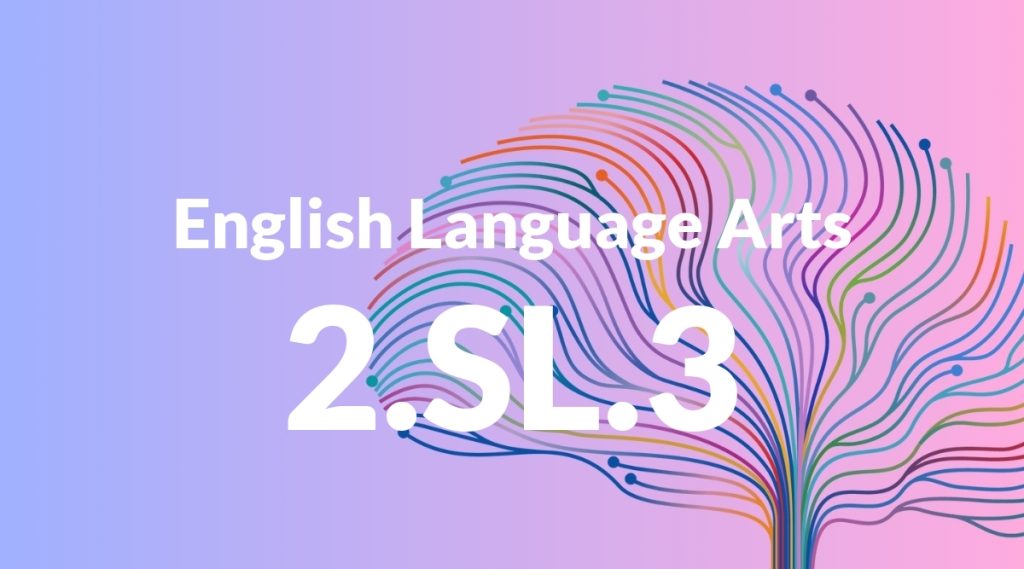Standard: 2.SL.3 – Ask and answer questions about what a speaker says in order to clarify comprehension, gather additional information, or deepen understanding of a topic or issue.
Grade level: Grade 2
Subject: English Language Arts
Domain: Speaking & Listening
Teacher Overview
This standard focuses on helping students become active listeners who can ask and answer questions to clarify their understanding and gain more information. This skill is crucial for effective communication and is foundational for more advanced speaking and listening tasks. Students should already know how to listen attentively and follow basic conversation rules, such as taking turns and staying on topic.
After mastering this standard, students will be able to engage in more complex discussions, analyze different viewpoints, and provide evidence-based responses.
Common Misconception 1
A common misconception is that students should only ask questions when they don’t understand something. This is incorrect because asking questions can also help to gather more information and deepen understanding.
Intervention 1
To address this misconception, provide examples and practice scenarios where students ask questions to gather more information, even if they already understand the basics.
Common Misconception 2
Another misconception is that any question is appropriate, regardless of its relevance. This is incorrect because questions should be related to the topic to be meaningful and productive.
Intervention 2
Teach students to formulate questions that are directly related to the topic by using guided practice and examples.
Prerequisite Knowledge
Students should be able to listen attentively and follow basic conversation rules, such as taking turns speaking and staying on topic.
Subsequent Knowledge
Students will develop the ability to engage in more complex discussions, analyze different viewpoints, and provide evidence-based responses.
Instructional Activities
- Role-playing exercises where students practice asking and answering questions.
- Listening to a short story and then discussing it by asking clarifying questions.
- Group discussions on a given topic, with a focus on asking relevant questions.
- Interactive games that involve asking and answering questions about a topic.




